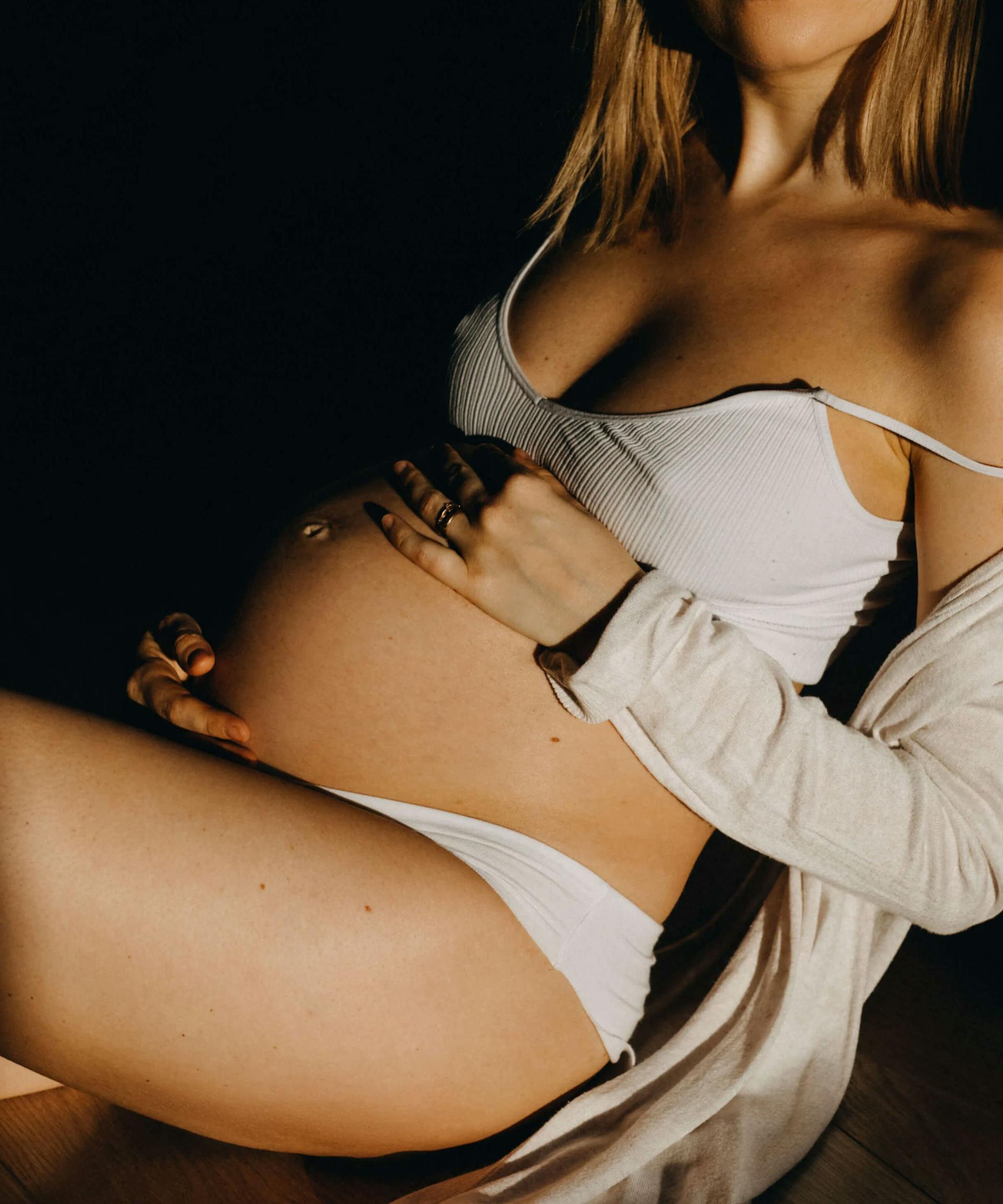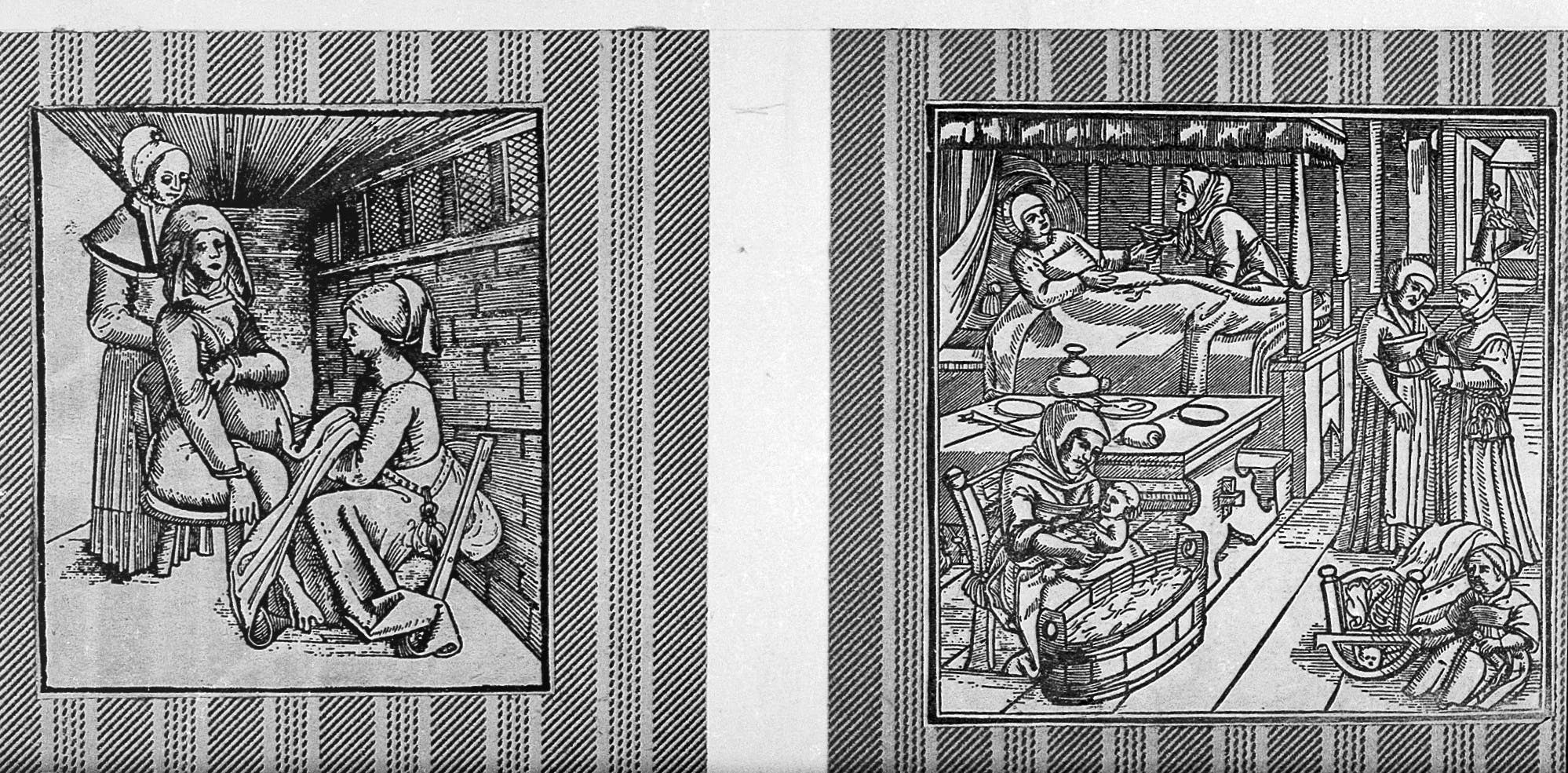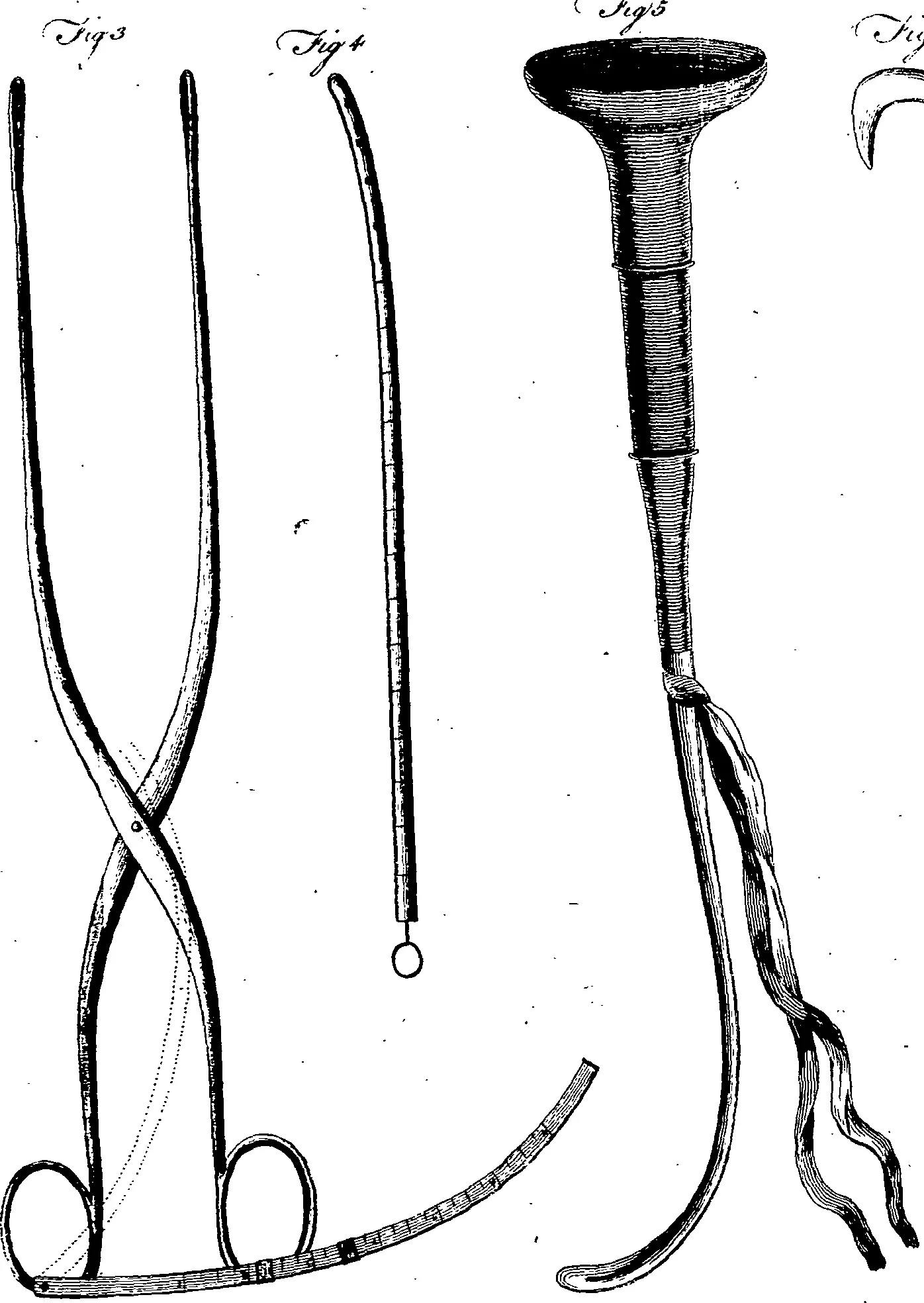The Real Reason Why So Many Women Used To Die In Childbirth
Pregnancy can come with lots of risks, but it’s minimal compared to the risk of childbearing centuries ago. Carrying and delivering a child is essentially a miracle, and requires so many things to happen for it to be successful.

Anthropologist Holly Dunsworth says carrying a baby through the third trimester “is like being an incredibly good athlete.” The strength it takes to carry a child is remarkable, and is one of the most unique qualities of being a woman. Giving birth in the 1800s to early 1900s was a difficult experience (to say the least), and was a regular cause of death among women.
Is Childbirth Easier for Women Now vs. Centuries Ago?
Today about 15 women die in pregnancy or childbirth per 100,000 live births, but this is nothing compared to the number of deaths a century ago when it was 600 deaths per 100,000 live births. What’s even scarier is that long before then, it’s estimated that 1-1.5% of women giving birth died.
Centuries ago, it was the job of midwives to deliver babies. And even some of the midwives assisting labor and delivery were not well trained. Doctors, most of whom were men, had little to do with birth. It was considered obscene for a man to be present during childbirth. As medicine became more advanced, male doctors became part of the birthing process. But they were not well trained for childbirth because not only did they not have experience with it, but it often wasn’t taught in medical school.

A woman seated on an obstetrical chair giving birth aided by a midwife who works beneath her skirts. Woodcut (left). A woman in bed recovering from childbirth, a midwife washes the baby while another attendant looks after the mother. Woodcut (right). (Image Source: Wikimedia Commons public domain)
Death by Delivery
Giving birth is a different experience for every woman, and thankfully today we have both doctors and midwives with extensive knowledge to make the experience safer for the baby and mother. But centuries ago, when male doctors began entering the delivery scene, they didn’t have all of the tools, knowledge, and experience needed to assist in a difficult birth. As a result, when delivering babies who didn’t come out as easily (as in, they got stuck in the birth canal), the doctors would often kill the baby during the delivery with how they handled the situation.
Author Randi Hutter Epstein explains, “Before forceps, babies stuck in the birth canal were dragged out by the doctor, often in pieces. Sometimes midwives cracked the skull, killing the newborn but sparing the mother. Sometimes doctors broke the pubic bone, which often killed the mother but spared the baby. Doctors had an entire armamentarium of gruesome gadgets to hook, stab, and rip apart a hard-to-deliver baby. Many of these gadgets had an uncanny resemblance to medieval torture tools.”

Principles of Midwifery, or Puerperal Medicine, by John Aitken, M.D (1785). (Image Source: Wikimedia Commons public domain.)
We’re Much More Advanced and Educated Than We Used To Be
Hygiene, healthcare, and nutrition are more advanced today than they used to be. Infection and other problems were causing a higher risk of death during maternity in previous centuries. Education has also improved, and doctors are much more knowledgeable about childbirth today. In the 20th century there were all kinds of new advancements that were still being tested by the doctors during childbirth. Different kinds of anesthetics were being developed and while some of them were successful, there were deaths that also occurred from them.
Puerperal Fever
One of the main issues which lead to higher mortality among women giving birth was infection due to poor hygiene during birth. There were little to no standards for sterilizing equipment and tools used in delivery which led to sickness such as puerperal fever, also know as childbed fever. This was a bacterial infection in reproductive organs, and became the leading cause of maternal mortality in the early 20th century. This disease affected women in the first few days after giving birth and had symptoms such as severe abdominal pain, fever, and debilitation.
Before the discovery of bacteria and viruses, a leading cause of this disease was due to doctors transferring germs. In the mid-19th century, Ignaz Semmelweis found that doctors in his Vienna hospital were going directly from performing autopsies to delivering babies, without washing their hands, thus spreading puerperal fever. He recommended a harsh method of sanitizing hands, which possibly contributed to why his findings were ignored. During the 1920s, half of maternal deaths were caused by puerperal fever.
During the 1920s, half of maternal deaths were caused by puerperal fever.
Ironically, wealthy women were more likely to die in childbirth than poor women during this time. Wealthy women gave birth in hospitals, where they were at higher risk of infection and dangerous interventions like anesthesia, forceps, and C-sections at the hands of their male doctors. Poorer women had homebirths and were attended by midwives who were more likely to have knowledge and experience and less likely to spread disease since the midwife worked solely with the mother, rather than going from one procedure to another, like the doctor did.
Other complications during pregnancy and childbirth were pre-eclampsia, antepartum and postpartum hemorrhage, and cephalopelvic disproportion. Today we know much more about these issues, and can better treat them to avoid death or serious illness.
The Decline in Maternal Mortality
As the years progress, prenatal, labor, and delivery care are much more advanced, and there has been a decrease in maternal mortality. In our healthcare system today, there is a much larger focus on sanitization, sterilization, and hygiene. Because of this, there are fewer infections and death by infections.
Just over half of all Ob/Gyns in the U.S. are women.
Doctors also have a lot more experience delivering babies, though midwives are still a popular birthing option. Another factor could be that a higher percentage of Ob/Gyns are now females. NPR reported in 2018 that just over half of all Ob/Gyns in the U.S. are women and 82% of doctors matching into Ob/Gyn residency programs are women. Furthermore, the American Congress of Obstetricians and Gynecologists predicts that two-thirds of Ob/Gyns will be female by 2028. Being able to bring first-hand knowledge of the female body, and often of pregnancy and birth, to the table as a healthcare provider is definitely an asset.
Closing Thoughts
Today in our country, hospitals and medical facilities are regulated by organizations such as OSHA, FDA, EPA, and more, which hold them accountable for keeping high standards of cleanliness and health. Also, new medical treatments and techniques are tested before use on everyday patients. Doctors are a regular part of the process during pregnancy and delivery. Women have more options for labor and delivery now, as they can choose to deliver at home, at a birthing center, or in the hospital. They can attend classes beforehand, and there is more focus on prenatal care than there used to be. It’s much safer and cleaner to give birth today than it was in the early 20th century, and because of this, more women and children will live longer and healthier lives.
Readers make our world go round. Make your voice heard in the official Evie reader survey.